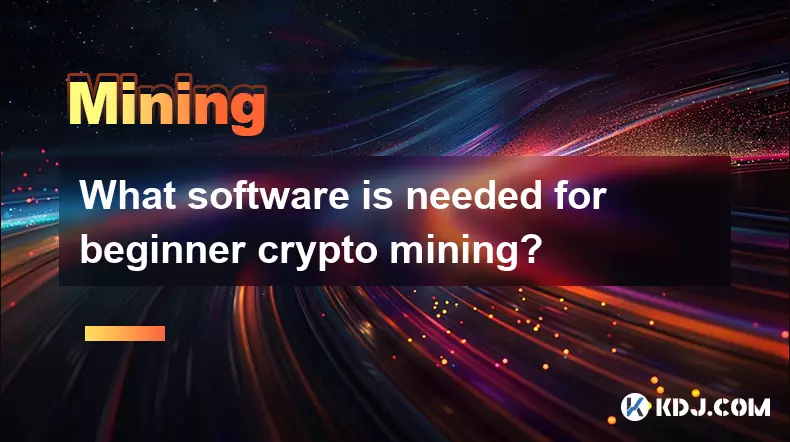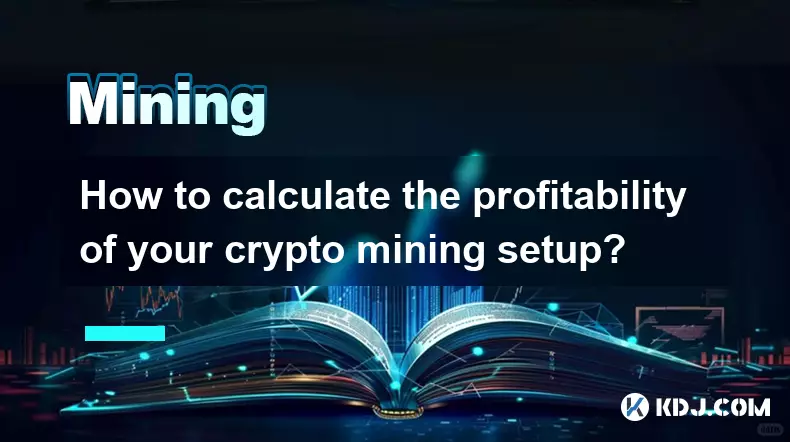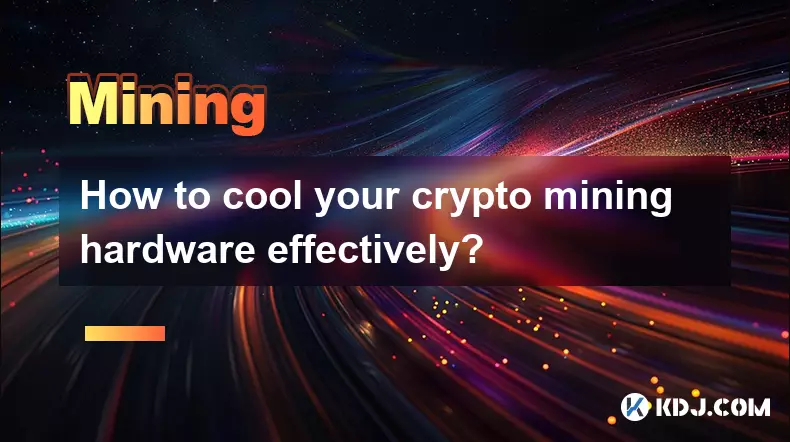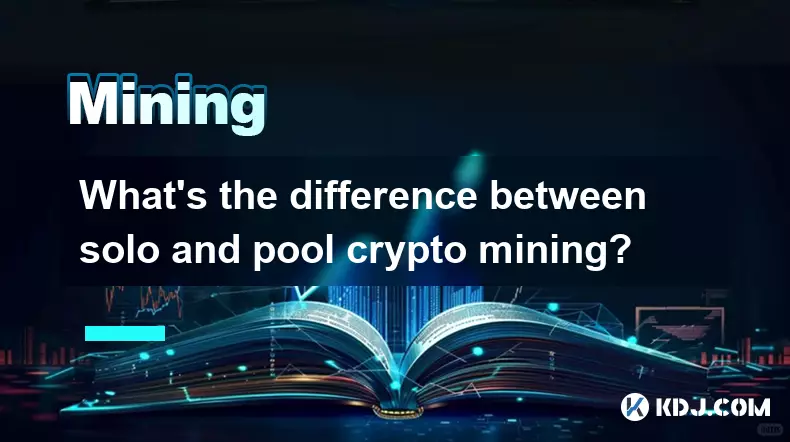-
 Bitcoin
Bitcoin $108800
-0.10% -
 Ethereum
Ethereum $4488
2.63% -
 Tether USDt
Tether USDt $1.000
0.00% -
 XRP
XRP $2.823
0.54% -
 BNB
BNB $861.4
0.33% -
 Solana
Solana $204.3
1.73% -
 USDC
USDC $0.9998
0.00% -
 Dogecoin
Dogecoin $0.2183
1.01% -
 TRON
TRON $0.3433
1.59% -
 Cardano
Cardano $0.8262
0.43% -
 Chainlink
Chainlink $23.78
1.65% -
 Hyperliquid
Hyperliquid $44.28
0.41% -
 Ethena USDe
Ethena USDe $1.001
0.02% -
 Sui
Sui $3.302
-0.11% -
 Stellar
Stellar $0.3597
1.10% -
 Bitcoin Cash
Bitcoin Cash $546.5
0.30% -
 Avalanche
Avalanche $24.03
0.63% -
 Cronos
Cronos $0.2883
-7.81% -
 Hedera
Hedera $0.2253
0.02% -
 UNUS SED LEO
UNUS SED LEO $9.589
0.93% -
 Litecoin
Litecoin $110.7
0.19% -
 Toncoin
Toncoin $3.157
0.81% -
 Shiba Inu
Shiba Inu $0.00001237
-0.41% -
 Uniswap
Uniswap $9.807
0.55% -
 Polkadot
Polkadot $3.816
0.78% -
 Dai
Dai $0.9998
-0.02% -
 Bitget Token
Bitget Token $4.554
0.33% -
 Aave
Aave $320.1
1.62% -
 Monero
Monero $260.7
0.89% -
 Ethena
Ethena $0.6591
-0.24%
What software is needed for beginner crypto mining?
Beginners can start mining with user-friendly software like EasyMiner or Hive OS, which offer GUIs, real-time monitoring, and pool integration for efficient, hassle-free operation.
Aug 31, 2025 at 02:36 pm

Essential Mining Software for Beginners
1. CGMiner – This is one of the most widely used open-source mining programs compatible with ASICs and GPUs. It supports multiple algorithms and provides real-time monitoring of hash rates, fan speed, and temperature. Its command-line interface may seem daunting at first, but detailed documentation helps new users navigate its functions.
2. BFGMiner – Designed for experienced users but accessible to beginners with guidance, BFGMiner offers dynamic clocking, remote interface capabilities, and support for various mining hardware. It’s particularly useful when managing multiple mining rigs or experimenting with overclocking settings.
3. EasyMiner – A beginner-friendly GUI-based tool that simplifies the mining process. It works on Windows, Linux, and Android and supports both CPU and GPU mining. EasyMiner connects to mining pools through protocols like Stratum and provides a dashboard to monitor performance metrics.
4. Hive OS – Though technically an operating system, Hive OS includes built-in mining software that automates configuration, monitoring, and optimization. It supports a wide range of GPUs and allows remote management via a web interface, making it ideal for those starting with a small mining farm.
5. Awesome Miner – This software unifies control over multiple mining engines and hardware types. It features a powerful automation engine, including alert systems and profit-switching algorithms, helping beginners maintain efficiency without deep technical knowledge.
Hardware Compatibility and Setup
1. GPU mining software like PhoenixMiner and TeamRedMiner are optimized for NVIDIA and AMD graphics cards respectively. These tools maximize hash output while minimizing power consumption, which is critical for profitability in early-stage mining.
2. For ASIC miners, manufacturers often provide proprietary software. For example, Bitmain’s Antminer series uses a web-based interface accessible through a local IP address. This eliminates the need for third-party software but requires network configuration knowledge.
3. Ensuring driver compatibility is essential. Outdated GPU drivers can lead to crashes or reduced performance. Beginners should install the latest drivers from AMD or NVIDIA before launching mining applications.
4. Some mining software requires additional libraries such as CUDA for NVIDIA or OpenCL for AMD. These must be installed separately to enable full computational access to the GPU.
5. Virtual memory settings on Windows can impact mining stability. Adjusting page file size to at least 16 GB helps prevent out-of-memory errors during intensive operations.
Selecting the Right Mining Pool Integration
1. Most beginner mining software supports integration with major pools like F2Pool, Ethermine, and Slush Pool. Configuration typically involves entering the pool URL, port, and worker credentials directly into the software settings.
2. Always verify pool URLs from official sources to avoid man-in-the-middle attacks or hash rate theft. Fake pools can mimic legitimate ones and redirect earnings to attacker-controlled wallets.
3. Some software, like Claymore’s Dual Miner, automatically connects to backup pools if the primary server goes offline, ensuring continuous operation and reduced downtime.
4. Pool-specific settings such as difficulty levels and payout thresholds should be reviewed before starting. Lower difficulty settings may suit beginners with limited hardware capacity.
5. Real-time statistics provided by the software allow users to track accepted shares, reject rates, and estimated earnings, helping them evaluate pool reliability and connection quality.
Frequently Asked Questions
Q: Can I mine cryptocurrency using only my laptop?A: While technically possible, most laptops lack the cooling and power delivery needed for sustained mining. Integrated GPUs are inefficient for modern algorithms, and prolonged use can cause overheating or hardware degradation.
Q: Is antivirus software likely to block mining applications?A: Yes, many antivirus programs flag mining software as potentially harmful due to associations with cryptojacking. Users may need to add exceptions or use digitally signed tools to prevent interference.
Q: Do I need to pay for mining software?A: Most beginner mining tools are free, though some include developer fees—typically 1% to 2% of mining rewards. Paid versions often remove these fees and offer enhanced support or optimization features.
Q: How do I know if my mining software is working correctly?A: Check for a stable hash rate, low rejected shares, and consistent connection to the mining pool. Logs should show no critical errors, and temperature readings must remain within safe limits.
Disclaimer:info@kdj.com
The information provided is not trading advice. kdj.com does not assume any responsibility for any investments made based on the information provided in this article. Cryptocurrencies are highly volatile and it is highly recommended that you invest with caution after thorough research!
If you believe that the content used on this website infringes your copyright, please contact us immediately (info@kdj.com) and we will delete it promptly.
- Memecoins September 2025 Watchlist: What's Hot Now?
- 2025-08-31 23:25:15
- Eric Trump Predicts Bitcoin to $1 Million: Hype or Reality?
- 2025-08-31 23:25:15
- BlockDAG: Redefining Scalability and ROI Potential in 2025
- 2025-08-31 23:05:16
- Ozak AI, Altcoins, and 20x Potential: Navigating the Crypto Landscape
- 2025-09-01 00:05:12
- Bonk Price, Solana Meme Coin, and the Rise of Layer Brett: A New Era?
- 2025-08-31 21:25:12
- ETH Transactions Soar, BTC Whale Shifts Gears: Decoding August's Crypto Charts
- 2025-08-31 21:05:16
Related knowledge

How to calculate the profitability of your crypto mining setup?
Aug 29,2025 at 10:15am
Understanding the Core Components of Mining Profitability1. The first step in evaluating mining profitability involves identifying the hash rate of yo...

How to cool your crypto mining hardware effectively?
Aug 29,2025 at 07:56am
Optimizing Airflow for Maximum Heat Dissipation1. Positioning mining rigs in areas with unrestricted airflow is essential to prevent heat buildup. Ens...

What are the essential components for a DIY crypto mining rig?
Aug 29,2025 at 08:14am
Core Hardware Requirements for Building a Mining Rig1. A powerful graphics processing unit (GPU) is the heart of any DIY mining setup. Models like the...

How to mine Monero using your computer's CPU?
Aug 30,2025 at 06:56am
Mining Monero with Your CPU: A Practical GuideMonero (XMR) remains one of the most accessible cryptocurrencies for individuals looking to mine using c...

What's the difference between solo and pool crypto mining?
Aug 29,2025 at 02:14am
Solo Mining: Independence and Full Control1. Solo mining refers to the process where an individual miner uses their own computational resources to sol...

How to mine Bitcoincoin on a low-end computer?
Aug 30,2025 at 06:13am
Understanding Dogecoin Mining Basics1. Dogecoin operates on a Proof-of-Work (PoW) consensus mechanism, originally based on the Scrypt algorithm. Unlik...

How to calculate the profitability of your crypto mining setup?
Aug 29,2025 at 10:15am
Understanding the Core Components of Mining Profitability1. The first step in evaluating mining profitability involves identifying the hash rate of yo...

How to cool your crypto mining hardware effectively?
Aug 29,2025 at 07:56am
Optimizing Airflow for Maximum Heat Dissipation1. Positioning mining rigs in areas with unrestricted airflow is essential to prevent heat buildup. Ens...

What are the essential components for a DIY crypto mining rig?
Aug 29,2025 at 08:14am
Core Hardware Requirements for Building a Mining Rig1. A powerful graphics processing unit (GPU) is the heart of any DIY mining setup. Models like the...

How to mine Monero using your computer's CPU?
Aug 30,2025 at 06:56am
Mining Monero with Your CPU: A Practical GuideMonero (XMR) remains one of the most accessible cryptocurrencies for individuals looking to mine using c...

What's the difference between solo and pool crypto mining?
Aug 29,2025 at 02:14am
Solo Mining: Independence and Full Control1. Solo mining refers to the process where an individual miner uses their own computational resources to sol...

How to mine Bitcoincoin on a low-end computer?
Aug 30,2025 at 06:13am
Understanding Dogecoin Mining Basics1. Dogecoin operates on a Proof-of-Work (PoW) consensus mechanism, originally based on the Scrypt algorithm. Unlik...
See all articles

























































































